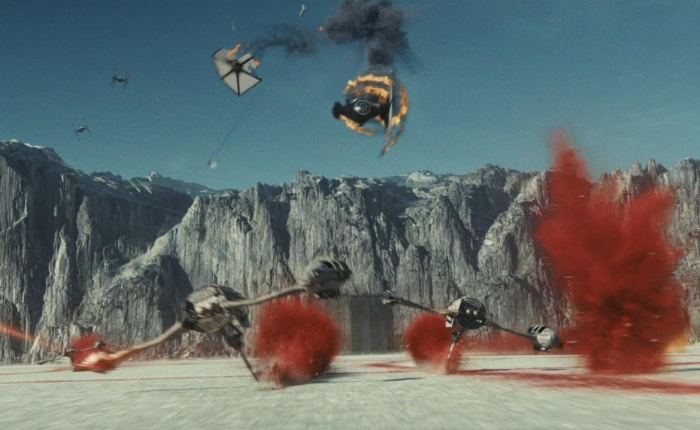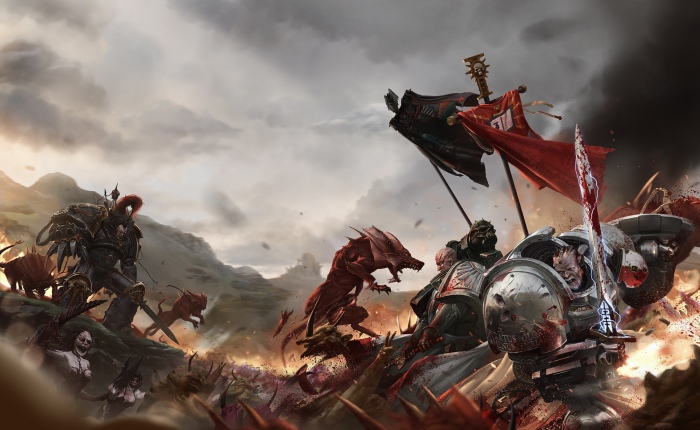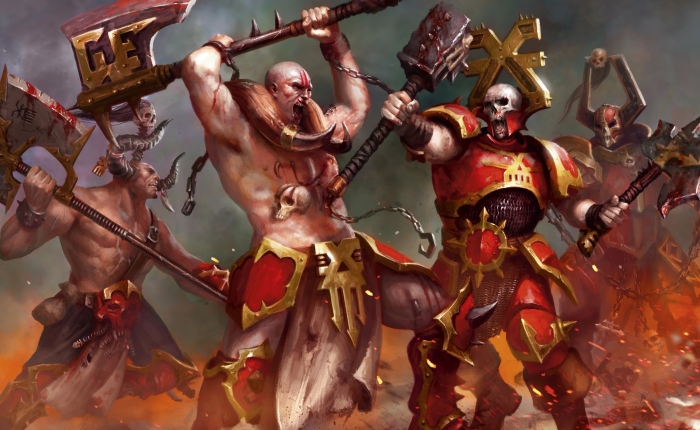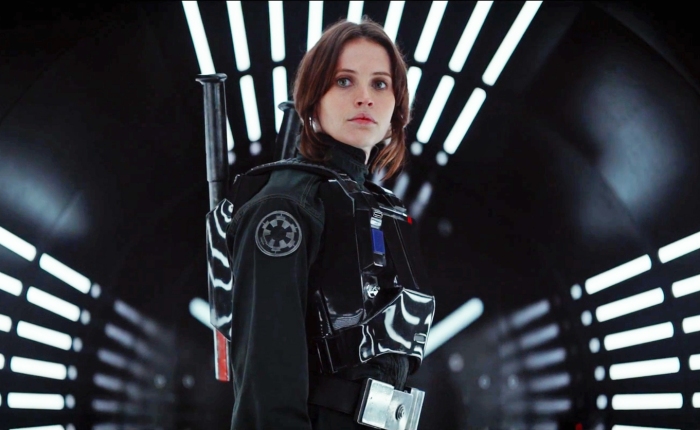I recently read two Warhammer 40,000 novels, Pandorax by C.Z. Dunn, and The Horusian Wars: Resurrection, by John French. The Black Library is often a gamble in terms of quality, particularly when you’re trying something by an author you’ve not read before. Both of these authors were new to me (aside from a John French short story I’ve read, but can’t quite remember, from an anthology).
Today, I’m going to do Pandorax. I’ll have a go at Resurrection on another day because I got carried away writing this and ran out of time.
One of these books is a great example of how to do a tie-in novel. The other is a great example of how not to do a tie-in novel.
This is a review of the latter.
Pandorax (C. Z. Dunn, 2013)
Pandorax is one of the Space Marine Battles series of books, which is a series I’ve dodged because it sounds as if someone at the Black Library said, “You know how everyone criticises our Space Marine novels as being bolter-porn? Well, what if we do a series that’s entirely bolter-porn?” That might be unfair. Like I say, I’ve avoided the Space Marine Battles series.
As well as being part of a series of books that doesn’t inspire confidence in those seeking good plot and characterisation, Pandorax is also a tie-in to the Apocalypse War Zone: Pandorax setting book for the 40k wargame’s ‘buy as many cool models as possible, line them all up in their deployment zones, and then remove most of them in turn one’ Apocalypse variant. (Back in my day, if you really wanted Titans and aircraft and tank companies on the battlefield, you played in 6mm epic-scale and actually had space on the tabletop to manoeuvre your troops.) In other words, Pandorax is one of those Black Library novels that, rather than just trying to sell the wargame setting in general, is specifically milking a recent release.
Those were my two main concerns going into the book: Battle Bro bolter-fests and ‘If you enjoyed this novel, maybe remortgage your house for this other book and loads of plastic soldiers and tanks.’ The former wasn’t so much of a hindrance to the story. The latter… was.
Pandorax starts out from the points of view of some Catachan Jungle Fighters and a reasonably nicely-drawn Inquisitorial retinue. (One of them is a traitor. Slight spoiler: it’s the one who’s a horrible person… Really? That’s the one the author picked? In the Inquisition, you shouldn’t beware the nice ones?) I really liked this segment of the story. There was a nice exploration of Catachan culture that I personally haven’t seen before, as well as a characterful depiction of the deathworld of Pythos. (Confusingly, and in contradiction to most systems portrayed in Warhammer 40,000, the Pandorax system and its primary inhabited world have completely different names.)
Things happen, Chaos turns up, someone turns traitor, and Rambo-style Catachan badassery ensues. This section of the story went well, although the abilities of the Catachans seems overstated. When Gaunt’s Ghosts go up against traitor Marines in Dan Abnett’s work, it’s always an effort to take down a single one of the superhumans. Here, Plague Marines fall like Star Wars stormtroopers, having apparently forgotten that they have enhanced hearing and centuries of combat experience. Catachans are badass guerilla warriors, but they’re still only human. They shouldn’t be slaughtering Astartes quite so easily, or silently.
Anyway, once Chaos arrives, the plot becomes a race to get the Inquisitorial team’s astropath to the capital so that they can send a request for reinforcements off-world, all of Pythos’ astropaths having been killed by sorcery early in the invasion. (I would remark on how contrived it was that they had an astropath on their team, but it’s a pretty common trope of the setting that Inquisitors like to have their own private psychic emailer.)
During this section, we spend a lot of time with Inquisitorial agent Tzula Digriiz (a black female protagonist – how often do you see those in science fiction, let alone Games Workshop science fiction?) and Colonel ‘Death’ Strike of the 183rd Catachan Regiment and various of their comrades and companions.
Tzula is a nice character. And by nice, I mean she’s actually a good guy. She’s a professional thief recruited to the Inquisition, but as much as I like her, she doesn’t feel like a member of an organisation that has the legal right and ability to commit genocide against its own side if it’s in the best interests of the Imperium. She possesses the McGuffin upon which the entire story hinges. She also gets a pretty good payoff at the end of the story, and (without spoilering) I think she’s the best Inquisition agent for that job. Certainly, she’d never make a good Inquisitor anyway.
Colonel ‘Death’ Strike’s main defining characteristic is that he has a goddamn stupid nickname, which he got early in his career, because the only thing those who fight against him have to hope for is… death. Really? Seriously? Who wrote this, a 12-year-old who thought he was being cool? Of the millions of soldiers that Catachan has given to the Imperium, he’s the one who gets the nickname of ‘Death’? Or is there a guy called ‘Death’ in every other squad, who fights alongside ‘Killer’ and ‘Knifeman’ and ‘Shadow Stalker’ and ‘Two Guns’ (who fights with two guns akimbo because it’s cool)? He doesn’t have much else in the way of personality, beyond being a kind commander who looks after his men. Unfortunately, this is an Apocalypse tie-in, so even when he’s leading a guerilla war against the invaders, he’s doing it with the most un-Catachanny of fighting methods, a super-heavy tank. A goddamn tank the size of a building, that can be heard from a mile away, is armed with ordnance that can be heard from even further, and is available as a plastic kit from Games Workshop. There is a nice touch that the Inquisitorial team included a Jokaero alien, who falls in love with the tank and starts tinkering with it. Unfortunately, the author gets carried away and decides that Jokaero abilities are so awesome (to be fair, they are, but not this awesome) that a tank that normally moves at 20-30 miles per hour is suddenly capable of 200 miles per hour. This is on a jungle deathworld not noted for its road network.
I’ve just realised… ‘Death’ Strike isn’t a character in the grimdark of Warhammer 40,000. He’s a supporting character from He-Man and the Masters of the Universe.
The good guy Space Marines, around whom the entire Battles series is based, don’t actually show up until reasonably late in the story, but when they do, it’s in the form of the entire Dark Angels Chapter, all one thousand of them, and a bunch of Grey Knights. Because all the Dark Angels are there, that means all the named characters from the tabletop game are there, along with Dark Angels characters from other novels. Also, Supreme Grand Master Azrael is an arse. He’s a complete and utter arse. Some reviews I’ve seen of this book don’t like that revelation. I don’t know if it marries up with other portrayals of the character in other books, but I like that one of our shining heroes of the Imperium, available from Games Workshop Mail Order, complete with Watcher in the Dark Helmet Bearer(tm), is a git. The supreme boss guy of the Grey Knights turns up as well, and there’s a bit of friction because the Grey Knights don’t trust the Dark Angels and the Dark Angels are scared that the Grey Knights will find out their secrets. (Spoiler: they already know.)
It’s around the time of the Space Marines arriving that the story on Pythos ceases to be interesting. Oh look, Abaddon and Huron Blackheart are sort-of allies. That’s nice, but has no real bearing on events. As much as I like the Red Corsairs, Huron could have been left out of the story. Everything he provides to Abaddon is something that Abaddon could plausibly have already had in his arsenal.
This being an Apocalypse and Space Marine Battles tie-in, everything degenerates into massive battles. Even the finale of the story takes place in the middle of a pitched battle of hundreds of thousands of combatants. There are two problems with this.
Firstly, the author can’t really write large battles (even if the smaller guerilla actions of the early book were pretty decent). They all seem to be Hollywood-style, in which two armies line up and attack each other until one side is wiped out. And yet, despite the vast amount of ordnance and the tightly packed bodies of the troops, named characters are still running around and not being blown to pieces. It turns out that even the sneak thief Tzula is such a badass that she can run around alongside Space Marines and not get hacked to bits by the kinds of things they face.
Secondly, and most egregiously, the large battles scream, “WE ARE GAMES WORKSHOP AND YOU MUST BUY OUR MODELS!!!!” Every hideous daemon that materialises from the Warp, despite the infinite variety of Chaos, is one of those found in the Codex: Chaos Daemons army list. Every Imperial vehicle is named by its model name, rather than by its general type (e.g. ‘Leman Russ Demolisher’ rather than ‘siege tank’). Every single Space Marine squad is available as a boxed set. Every single regiment of Imperial Guardsmen present on Pythos has a model range behind it. How boring. Characters do reference other regiments that aren’t in the order of battle, but they also have model ranges. In the million worlds of the Imperium, our characters only know the ones whose tithed troops are for sale in your local Games Workshop store? All of the large battles seem to have been written with the primary aim of being scenarios for apocalypse-scale games of Warhammer 40,000.
Aside from the plot and merchandising, the actual writing style of the novel was pretty poor. It wasn’t as bad as, say, Twilight or anything by Dan Brown, but I was still halting after reading sentences and thinking about how I could have written that sentence so much better. There were cool things that happened that were utterly ridiculous, even within the heroic grimdark of 40k.
Here’s an example: one of the defining character moments of Shira, a viewpoint character who’s a hotshot space fighter pilot, is when she deliberately sets of a sonic boom in a hangar bay because she’s annoyed at the officer who reprimanded her for not wearing regulation uniform and then sentenced her to a fortnight in the brig when she comes back from the mission she’s about to go on. She’s a maverick, see, who plays by her own rules and won’t let anyone tell her… wait, what? This is the Imperial Navy. She just caused severe damage to a launch bay on one of the God-Emperor’s own voidships, as well as to the hearing of every person in the immediate vicinity. While they’re engaged in battle. That fortnight in the brig should have been escalated to immediate summary execution and no one in-setting would have batted an eyelid.
(Disclaimer: I’m an unpublished author, bitterly so at times, and it bugs me to read prose that is inferior to my own.)
Fortunately, everyone who knew that Shira is a saboteur and traitor dies shortly afterwards, so the author gets to keep her in the story.
I mentioned diversity earlier. She’s part of the gender diversity of the characters. There are a few others, including passing references to female soldiers among the Catachans. I have a big issue with the racial and gender issues in Games Workshop’s settings (I’ve ranted about it before – though apparently not on this blog). The Black Library is getting a lot better at gender balancing its casts, so long as you ignore Space Marines, who are canonically all male, but every time they do a good job, it throws the actual miniature ranges into stark relief. There have probably been less than a dozen female Imperial Guard models released by Games Workshop in the past thirty years, and yet the Black Library regularly includes women amongst the Imperial Guard’s ranks. And as for the new Primaris range of Space Marines missing the opportunity for female Astartes…
Anyway, I’ll grant Pandorax the credit that my initial recommender gave it for diversity, but overall, it’s still an example of how not to write a tie-in novel. The Black Library has released several series of novels that are amazing. The Warhammer Fantasy Roleplay 2nd Edition tie-ins were great, as were The Ambassador Chronicles. The Eisenhorn trilogy is still one of my favourites, such that I recently bought the 15th anniversary special editions. The Gaunt’s Ghosts and Ciaphas Cain series are rightly renowned amongst Black Library fans, and the epic Horus Heresy series has thrown us some amazing tales of tragedy from Dan Abnett, Aaron Dembski-Bowden and others (although with a few stinkers from other authors, to be fair). Sadly, this isn’t one of the Black Library’s high points. Although it has its moments, it feels like it was written to order with the instruction to include a checklist of canon characters, events and products. There’s nothing wrong with writing to order, but the finished product shouldn’t feel like it was written to order.
It’s a good job that I’ve given up on ever being published by Games Workshop because C.Z. Dunn, author of Pandorax, is actually one of the Black Library’s senior editors…








